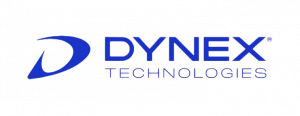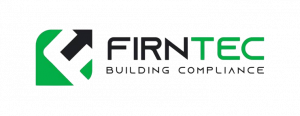Electronic signature
An electronic signature is any electronic process that signifies an individual’s approval or acceptance of the contents of a document or transaction. It can be as simple as typing a name at the end of an email or clicking an “I agree” checkbox, provided it meets legal requirements for intent and integrity. According to international standards, an e-signature must be “logically associated” with the document, meaning the signature data is linked in such a way that any post-signing alteration invalidates it.
How Electronic Signatures Work
Cryptographic Foundations
Most robust e-signatures use Public Key Infrastructure:
- Hashing: The document is run through a hash algorithm to produce a unique fingerprint.
- Encryption: The signer’s private key encrypts this hash, creating the digital signature.
- Verification: Any recipient uses the signer’s public key to decrypt the signature and compares the resulting hash to a newly generated one from the document. If they match, the signature is valid and the document untampered.
- Hashing: The document is run through a hash algorithm to produce a unique fingerprint.
Types of Electronic Signatures
Electronic signatures vary in security and legal weight:
- Simple Electronic Signature (SES): Basic methods like typed names, scanned signature images, or clicking “I accept.” Low security but widely used for non-critical documents.
- Advanced Electronic Signature (AES): Meets stricter standards (e.g., unique signer authentication, signature creation data under sole control, and detection of document alteration). Often PKI-based.
- Qualified Electronic Signature (QES): The highest level under EU’s eIDAS regulation; requires a qualified certificate issued by a trusted provider and a secure signature creation device.
Legal Validity and Regulations
United States (ESIGN Act & UETA)
The ESIGN Act (2000) and the Uniform Electronic Transactions Act (UETA) grant electronic signatures the same legal effect as handwritten ones, provided both parties consent and record retention standards are met.
European Union (eIDAS)
Under eIDAS (2014), electronic signatures are categorized into SES, AES, and QES, with QES legally equivalent to a handwritten signature across all member states.
Other Jurisdictions
Many other countries (e.g., Switzerland’s ZertES, various Asia-Pacific laws) have adopted similar frameworks recognizing the legal validity of properly executed e-signatures.
Benefits and Challenges
Benefits
- Speed and Efficiency: Eliminates printing, scanning, shipping; transactions close in minutes instead of days.
- Cost Savings: Reduces paper, postage, and storage costs.
- Security: Cryptographic methods and audit trails guard against forgery and tampering.
- Global Reach: Facilitates cross-border contracting without physical logistics.
Challenges
- Adoption and Trust: Some parties remain wary of digital processes or lack technical access.
- Regulatory Complexity: Different countries have varying standards and requirements.
- Technical Integration: Legacy systems may not support modern e-signature workflows.
Common Use Cases
- Real Estate: Lease agreements, purchase contracts.
- Finance: Loan documents, account opening.
- Human Resources: Employment contracts, onboarding forms.
- Legal: NDAs, partnership agreements.
- Sales and Procurement: Purchase orders, vendor contracts.
In essence, electronic signatures offer a legally binding, secure, and efficient way to execute agreements in the digital age. Their adoption continues to grow across industries as legal frameworks and technology platforms evolve to support reliable and user-friendly signing experiences.
Our trusted customers











